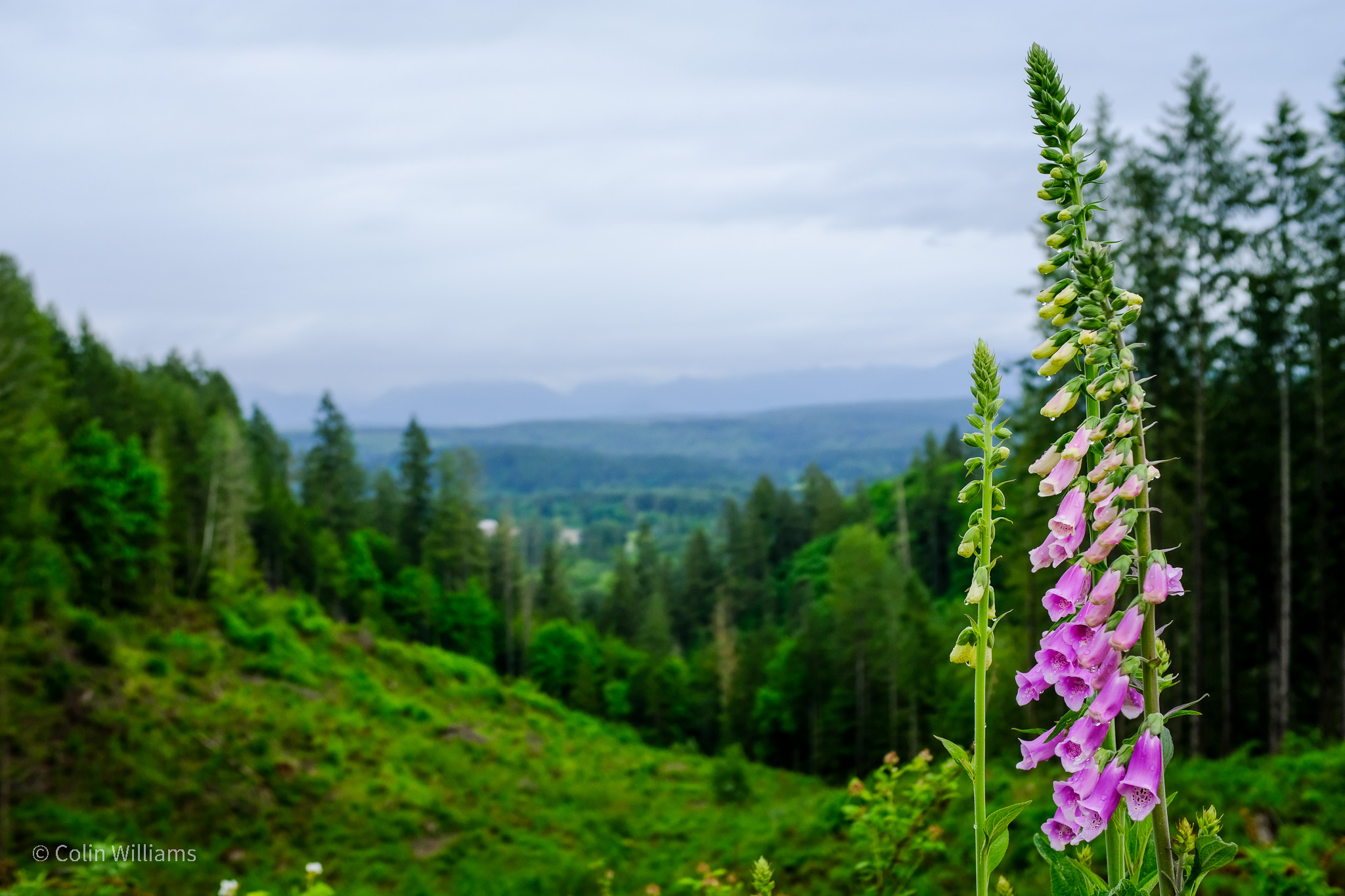

Protesting Works - Minneapolis
The Minneapolis City Council approved the terms of a stipulation for a temporary restraining order today outlining immediate changes that must be implemented by the Minneapolis Police Department and a framework for systemic change as part of the long-term investigation underway by Minnesota Department of Human Rights.
The long-term investigation:
The investigation into policies, procedures and practices over the past 10 years will determine if the MPD has engaged in systematic discriminatory practices toward people of color and ensure any such practices are stopped.
The immediate changes:
The order specifies that MPD and the City must implement the following measures immediately:
- MPD must ban neck restraints or choke holds for any reason within 10 days of the effective date of this order.
- Regardless of tenure or rank, any member of the MPD who observes another member of the MPD use any unauthorized use of force, including any choke hold or neck restraint, has an affirmative duty to immediately report the incident while still on scene by phone or radio to their commander or their commander’s superiors.
- Regardless of tenure or rank, any member of the MPD who observes another member of the MPD use any unauthorized use of force, including any choke hold or neck restraint, must attempt to safely intervene by verbal and physical means, and if they do not do so they are subject to discipline to the same severity as if they themselves engaged in the prohibited use of force.
- Only the police chief or the chief’s designee at the rank of deputy chief or above may authorize the use of crowd control weapons during protests and demonstrations.
- The police chief must make timely discipline decisions as outlined in the order.
- Civilian body warn camera analysts and investigators with the City’s Office of Police Conduct Review have the authority to proactively audit body worn camera footage and file or amend complaints on behalf of the Minneapolis Civil Rights Department.
Looking to you, Seattle.
White Privilege
If you are white and aren’t familiar with white privilege, and privilege in general, it’s well worth your time to become familiar. It’s worth noting that if you are reading this and are white, you have benefitted from white privilege throughout your life, whether you know it or not.
While Ijeoma Oluo goes into far greater depth in So You Want to Talk About Race, Lori Lakin Hutcherson has written a post briefly explaining it to a friend that acts as a primer through examples; here’s just one:
When my older sister was 5, a white boy named Mark called her a “nigger” after she beat him in a race at school. She didn’t know what it meant, but in her gut she knew it was bad. This was the first time I’d seen my father the kind of angry that has nowhere to go. I somehow understood it was because not only had some boy verbally assaulted his daughter and had gotten away with it, it had way too early introduced her (and me) to that term and the reality of what it meant—that some white people would be cruel and careless with black people’s feelings just because of our skin color. Or our achievement. If it’s unclear in any way, the point here is if you’ve never had a defining moment in your childhood or your life where you realize your skin color alone makes other people hate you, you have white privilege.
How To Check In On Black Friends & Colleagues Right Now
“Effective allyship… is rooted in the needs of those most affected.” These powerful words were spoken by activist and community organizer Leslie Mac, whose work is grounded in helping white people become better allies, during an earlier interview with Refinery29. One thing white and non-POC allies can do right now — among a plethora of others — is to check in on their Black friends and their Black coworkers. “They’re likely still hurting, still confused, still exhausted,” writes Roy S. Johnson on Al.com. “They’ll appreciate hearing from you.” But there are a few things to consider before reaching out.
Police Brutality - A List
In my last post I linked to a number of videos of police brutality and excessive use of force that have occurred during the George Floyd protests. Many of those videos came from a list that attorney T. Greg Doucette is gathering on Twitter. At the time of writing, he’s at 185 and counting. Start at the latest tweet in the thread and scroll up from there.
If you prefer them in a spreadsheet, a Google Spreadsheet is being maintained with links back to the tweets.
Most of the videos are disturbing. All of them are sobering.
Update: 24 hours after posting and the list is up to 240.
Update: 48 hours after posting and the list is up to 301.
Angry
I’m angry.
I’m angry with myself, for going so long without seeing and truly understanding what the black community is saying. For being complicit in racism. That complicity stops today. If you are a member of the black community reading this, know that I’m sorry, I see you, and going forward I will be doing what I can to be an ally.
I’m angry at the police. At the many, many officers who have been performing racist acts for years. At the many, many police officers who have been rioting while people try to mourn and protest. Beating, shooting, gassing, pepper spraying, driving into, and arresting everyone from peaceful protesters to news crews to student reporters to clergy-people to medics to medical workers to the elderly and, with the greatest number and force, black people. Warning that the videos linked in the last sentence are disturbing. None are suitable for children.
I’m angry at the system. A racist system, from politics to justice. Education to healthcare. Workplace to policing. A healthcare system that causes a disease that knows no race to kill minorities at a far higher rate than whites. An education system that reinforces poverty. A political system that suppresses minority votes. A justice system that penalizes minorities at a far higher rate. A police system that fosters racism and aggression.
Thus far I have donated to the Black Lives Matter movement, NAACP and National Police Accountability Project. I encourage everyone who is able to donate to one of these organizations, or any other that is working to achieve equal rights for the black and minority communities.
I have read So You Want to Talk About Race, but I’m starting it again because I haven’t internalized enough. I’ve ordered How to Be an Antiracist, by Ibram X. Kendi and will read that next. Then I will seek out more reading material as I start proactively taking action against racism.
I list the things I’m doing not because I want kudos or appreciation, but for others who may read this and want a starting point to understanding racism and, hopefully, joining in action.
I’m angry. But I’m using that anger to become an ally and take action.
So You Want to Talk About Race
I’m still gathering my thoughts about the George Floyd protests and how best to present them. I intend to write a more fully-formed blog post in the near future, but in the meantime, for my friends and family trying to understand what is happening right now across the United States I want to highly recommend the book “So you want to talk about race?” by Ijeoma Oluo. I’ve read it once and am starting to read it again.
Physical copies are currently out of stock on Amazon and resellers are price gouging, so I recommend either buying the e-book or finding a copy through a local book store.
It’s a solid starting point to understanding the pain people of color are, and have been, suffering for centuries, as well as the fight they’ve been waging to gain the same fundamental human rights as white people - not just in law, but daily life. A fight that continues today, in this moment in the form of protests due to the murder of yet another black person by police.
AWD and Winter Driving
Last week I wrote about how winter tires will make any vehicle good for winter driving. A reader wrote in noting that I was quite dismissive of the benefits of All Wheel Drive (AWD) in winter and that a vehicle with AWD is objectively better if it has winter tires. He’s correct; however, I understated the benefits for a few reasons. In this follow-up post, I want to go over the benefits of AWD in winter driving, and then explain why I understated those benefits in my initial post.
First, let’s go over what AWD is. AWD is a feature that enables power to be sent to any of the four wheels without user intervention (this is one of the primary differentiators between AWD and four wheel drive). Direction of power can be done purely mechanically or with the control of a computer depending on the system used.
The obvious benefit is accelerating in slippery conditions. By having the ability to send power to all wheels, you are able to capitalize on the traction at all four corners of the vehicle, greatly decreasing the likelihood of getting stuck or spinning tires. This is emphasized when trying to go uphill. Note that the total amount of traction the vehicle has isn’t increased; it’s just better utilized under power.
A more subtle benefit is revealed once the vehicle is moving. If the driver maintains some amount of throttle, an AWD vehicle’s superior traction under acceleration may enable the vehicle to maintain stability when being pushed around by slush or snow; rounding a slippery corner; or powering out of a slide.
These are great benefits, so why did I understate them so severely in my original post?
My first and primary reason was to hopefully influence the conversation about what makes a vehicle good for winter driving. While a vehicle with AWD objectively has the potential to be better than one without, it can’t capitalize on that potential without winter tires. I’ve had many people comment that my truck would be awesome for winter driving without knowing what tires I have. This shows a fundamental misunderstanding, or confused prioritization, of what makes a vehicle great in winter.
I stated the second reason in my original post, albeit without explanation (emphasis added):
Four Wheel Drive (4WD or 4x4) or All Wheel Drive (AWD) [isn’t] a replacement for good tires because they don’t help with braking.
As stated above, AWD helps with distributing power to the wheels. When braking, no power is distributed to the wheels as the goal is to slow the vehicle. All vehicles have 4 wheel brakes, allowing all available traction to be utilized when combined with ABS and stability control systems. The only way to improve braking performance is to increase the amount of available traction by getting by getting better tires.
The gains in braking performance due to winter tires cannot be understated. To quote just one test, performed by Tire Rack (emphasis added):
[W]e measured the distance it took the tires to bring the Civic to a complete stop from 12 mph (20 km/h). The car’s speed was stabilized and the driver fully applied the brakes to engage the vehicle’s four-wheel disc anti-lock braking system (ABS) until the vehicle came to a complete stop.
When equipped with all-season tires, the car’s ABS engaged relatively easy and it took an average of 53.6-feet to stop the Civic. The Studless Ice & Snow tires provided more grip and actually squealed against the ice whenever the ABS activated. The Studless Ice & Snow tires brought the Civic to a stop in an average of 35.1-feet, representing a 34% improvement. Their 18.5-foot shorter stopping distance was over a car length improvement compared to the all-season tires.
Finally, my third reason is the amount of understanding and experience needed to fully reap the safety benefits of AWD. Being able to go forward is a safety benefit only in the respect of not being stuck somewhere undesirable (middle of nowhere, unsafe location, etc). Other than that, being in a non-moving vehicle is inherently safer than being in a moving vehicle.
When moving, I want to quote what I wrote above with emphasis added:
If the driver maintains some amount of throttle, an AWD vehicle’s superior traction under acceleration may enable the vehicle to maintain stability when being pushed around by slush or snow; rounding a slippery corner; or powering out of a slide.
All wheel drive’s slide prevention is notable, particularly when combined with winter tires. However, once a slide begins, unless the driver is experienced with slides and understands the benefit, maintaining throttle is the least intuitive response. The most intuitive response is to slam on the brakes, at which point the AWD system is rendered irrelevant. This incorrect response is significantly more likely, even with experienced drivers, when the slide is encountered during an evasive maneuver or while the driver is distracted, resulting in the slide being entirely unanticipated.
In conclusion, if you are regularly driving in winter conditions or you can easily afford it for the few times you are, I would highly recommend getting AWD when purchasing a new vehicle. The benefits are significant. Just make sure you also get a good set of winter tires so you can stop once you get moving and truly unlock the performance of your AWD system.
The Best Vehicle for Winter Driving
Over the course of winters past, I’ve been asked numerous times by acquaintances, friends and family whether a certain vehicle would be a good choice for driving winter roads. I want to cover the topic once and for-all with this post. I will go over what makes a vehicle good for winter driving and then go into detail about what makes winter tires different from all-season or summer tires.
Driving technique, drastically more important than the vehicle you are driving, is something I will cover in a future post.
First, I want to define what I mean by winter driving and winter roads. I’m referring to maintained roads, highways and freeways. This includes getting around town, travelling between cities (potentially over mountain passes) or going to ski hills in winter. This advice does not apply to travelling on unmaintained or remote winter roads where snow depths can become excessive.
Following from that, the road conditions I’m referring to are dry, wet, icy, slushy, compact snow or limited amounts (rough maximum of 12 inches) of fresh snow, all in cold temperatures.
With that context out of the way, let’s get into what makes a good vehicle for winter driving.
The answer is simple: any vehicle is good for winter driving if it has good winter tires.
If you read nothing else in this post, take that answer to heart. Your tires are the only things holding your vehicle to the road, so no other part of your vehicle matters more for winter driving.
Note that I didn’t mention Four Wheel Drive (4WD or 4x4) or All Wheel Drive (AWD). Neither system is a replacement for good tires because they don’t help with braking. Their benefit comes in making the car go forward and, to some extent, keeping it straight on the road.
Because of those benefits, I do recommend a vehicle with 4WD or AWD if you drive in the snow regularly, but they are by no means a requirement.
(Update: I’ve expanded on my thoughts about AWD and winter driving in my next post.)
Other factors I’ve found people regularly associate with a good winter vehicle include vehicle weight, tire size and ground clearance. Let’s run through those.
- Vehicle weight can help somewhat with vehicle stability in snowy conditions, allowing the vehicle to push through the snow rather than be pushed around; however, the benfit isn’t nearly great enough to bias vehicle choice.
- Larger tires only matter in extremely deep snow, a situation which I’m explicitly not covering as mentioned above.
- Ground clearance only matters in extremely deep snow, a situation which I’m explicitly not covering as mentioned above.
So what separates a winter tire from all-season or summer tires? There are a number of factors, but the largest is the tire compound or rubber.
Rubber hardens in colder temperatures. Soft rubber has more grip, exactly what you want in slippery winter conditions. Winter tires use rubber compounds that are significantly softer than other tires so that as temperatures drop, they remain pliable and sticky. Because of this, a winter tire will have significantly more grip than an all-season or summer tire in cold temperatures even on bare, dry roads.
If softer rubber gives so much more grip, why don’t we just use winter tires year-round? Mainly because of longevity and fuel economy. Softer rubber wears significantly faster in hot temperatures and reduces fuel economy due to increased resistance to rolling. Additionally, if the rubber becomes too soft in extreme heat, it can actually have less grip than a harder rubber.
There are a couple of additional benefits to winter tires beyond tire compound:
- Significantly increased siping. When you look at your tires, particularly winter tires, you’ll see what look like cuts across the tread blocks. These cuts are called sipes and increase the number of surfaces gripping the road.
- Strategic packing. Snow-on-snow grip is actually quite high, so winter tires are designed to strategically pack with snow to utilize this benefit.
If you’re going to be driving in the snow this winter, or just live in a city that gets very cold, grab yourself a set of winter tires this year. The cost will be infinitely less than that of your life or someone else’s.






